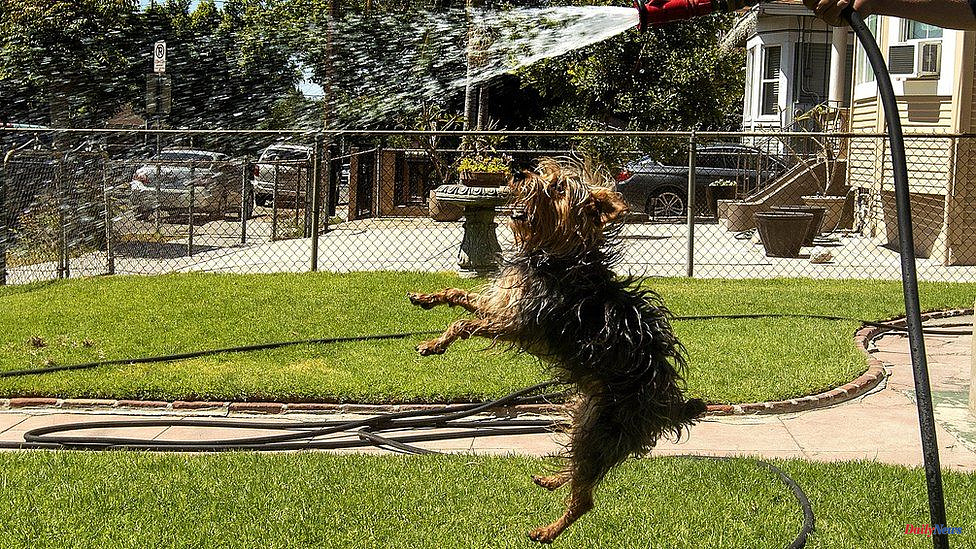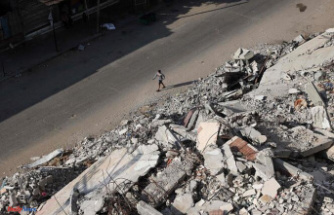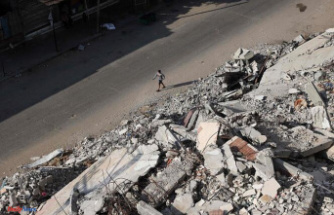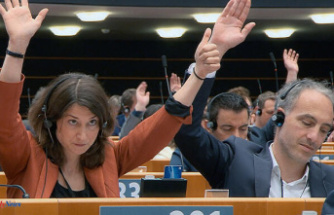Lynne Toby, a retired Los Angeles resident who has lived in Los Angeles since 1970, declares that the "era of lush lawns is over".
Over the years, Ms. Toby's view of grass lawns has changed. When her son was young, she wanted a lawn. She let it go when her son stopped playing sport.
It was partly because a lawn needs a lot of maintenance. The decision was also influenced by her desire to conserve water in the face of persistent drought in Los Angeles, California.
Although her husband is still a fan of the traditional lawn with picket fences, Ms Toby is now considering changing the entire lawn.
She is surrounded with alternative ideas as a volunteer at Theodore Payne Foundation for Wild Flowers & Native Plants.
She says that milkweed is still a favorite plant because it is both heat-tolerant as well as butterfly-friendly.
Los Angeles is home to many conservation-minded homeowners. Each year, more rock gardens, shrubs and cacti, as well as wood chips, wildflowers and other landscape types, appear in front of Southern California homes.
These lawn replacements have been encouraged by water agencies throughout Southern California for many years. Landscapers and horticultural organizations have noticed an increase in interest since April when the Metropolitan Water District announced new restrictions on outdoor watering. This would be known in the UK as hosepipe bans.
Millions of residents can only water their lawns outdoors once a week, according to the new rules that came into effect in June. Los Angeles allows outdoor irrigation for two days per week, but only between the hours of 9:00 and 16.00 and certain days.
Kristen Torres Pawling directs sustainability programs for Los Angeles County. She calls it "the dawning of a new age".
Given the droughts and poor record of water conservation in Southern California, new measures are urgently needed.
Although water agencies offer rebates to encourage lawn-replacement, these programs are incongruent, difficult to use, and not enough to cover the entire cost of a new lawn.
Pamela Berstler estimates that lawn replacement costs could be between $10-15 per square foot (PS8-PS12), which is the cost of co-founding Green Gardens Group, a consulting firm for regenerative land management.
Rebates for lawn-togarden transformations are available in the range $2-3/square-foot.
According to the Metropolitan Water District only 2,411 people applied between July 2020 and Juni 2021 for turf replacement rebates. This is a low number considering the network of water agencies that covers 19 million people in Southern California.
It is often about what people can afford to replace lawns. Lower-income residents who have access to outdoor space may not be able to spend the money or time necessary to restore their landscapes.
People with higher incomes can maintain their lush lawns and pay no fines for violating water restrictions.
Ms Berstler suggests a more nuanced approach for landscape restoration, rather than simply ignoring all lawns. "These municipalities and agencies have been so focused in removing turf that...they overlook the fact that people really want grass."
Groundcovers can be drought-tolerant and serve the same function as lawns. These include Kurapia patent plants and warm-season native grasses.
Ms Berstler says that cool-season grass is the most common type of lawn. It requires twice as much water than warm-season grass. She said that warm-season grass could be used by children in winter.
However, it would take a shift in mindset to embrace this grass. Residents must be open to seasonal changes, including the browning of their grass in winter.
Ms Berstler says, "We need to shift the aesthetics of monoculture lawn to another." "The monoculture will not stay green for one day [of watering] per week."
Technology for business:
Southern California's new reality doesn't need to be grim.
Stephanie Pincetl is an expert on sustainability and environment at the University of California Los Angeles. She offers one vision of the changes that would occur if more people adopted the Mediterranean climate.
This would replace the unrealistic and aspirational lushness of white settlers who arrived from areas with more water and thirstier plant species in earlier centuries.
Dr Pincetl states that a more localized landscape would attract more birds and insects. You would also see more flowering plants. The aromas would also be different with "kind of pungent, fragrant, sage-type scents". I believe you would have an outdoor environment that is more varied and interesting.
Ms Berstler thinks that even small changes to soil health and sponginess can make a difference in water conservation.
It would be a good idea to mow the lawn less and use fewer herbicides. Also, it would be a good idea to plant a variety of plants whenever possible.
To avoid overwatering, soil probes can be used to check the moisture level of soil. Similar to the Metropolitan Water District, Responsive Drip Irrigation was granted a grant. This tubing has micropores that can analyse and respond to signals coming from the roots of plants.
However, landscaping professionals may not have access to the more advanced tools.
Dr Pincetl says that the current lawn replacement approach is very individualistic. Dr Pincetl says that lawns and water use are subject to personal responsibility. "The water you use on your lawn will be the water I won't be drinking next week."
However, it is also necessary to make more radical community-level changes.
Dr Pincetl calls on "a stronger infrastructure of transformation to really assist people who are interested in that kind of transformation but don't have the capacity." Youth training organizations could be set up to work in each neighbourhood to help residents reimagine their lawns.
Artificial turf is the most popular choice at the moment due to its challenges. Artificial turf is an acceptable choice, but it has very limited ecological benefits.
Ramin Javahery is a businessman who has lived in Los Angeles nearly 30 years. He likes artificial grass because it looks nice and is easy to maintain. He replaced his lawn one month ago with an artificial alternative.
David Bernstein says that some people don't believe there is drought in Southern California. This is due to the larger problem of politicised distrust towards authorities.
California Nursery Specialties is run by Mr Bernstein. Also known as Cactus Ranch. All plants are grown in nurseries throughout Southern California.
Evidently, messaging is a key issue in the lawn revolution. These challenges can be overcome.
Bernstein said that people who are holding on to an increasingly old-fashioned style of lawn can "have a beautiful place for living and they don’t have to waste water."












